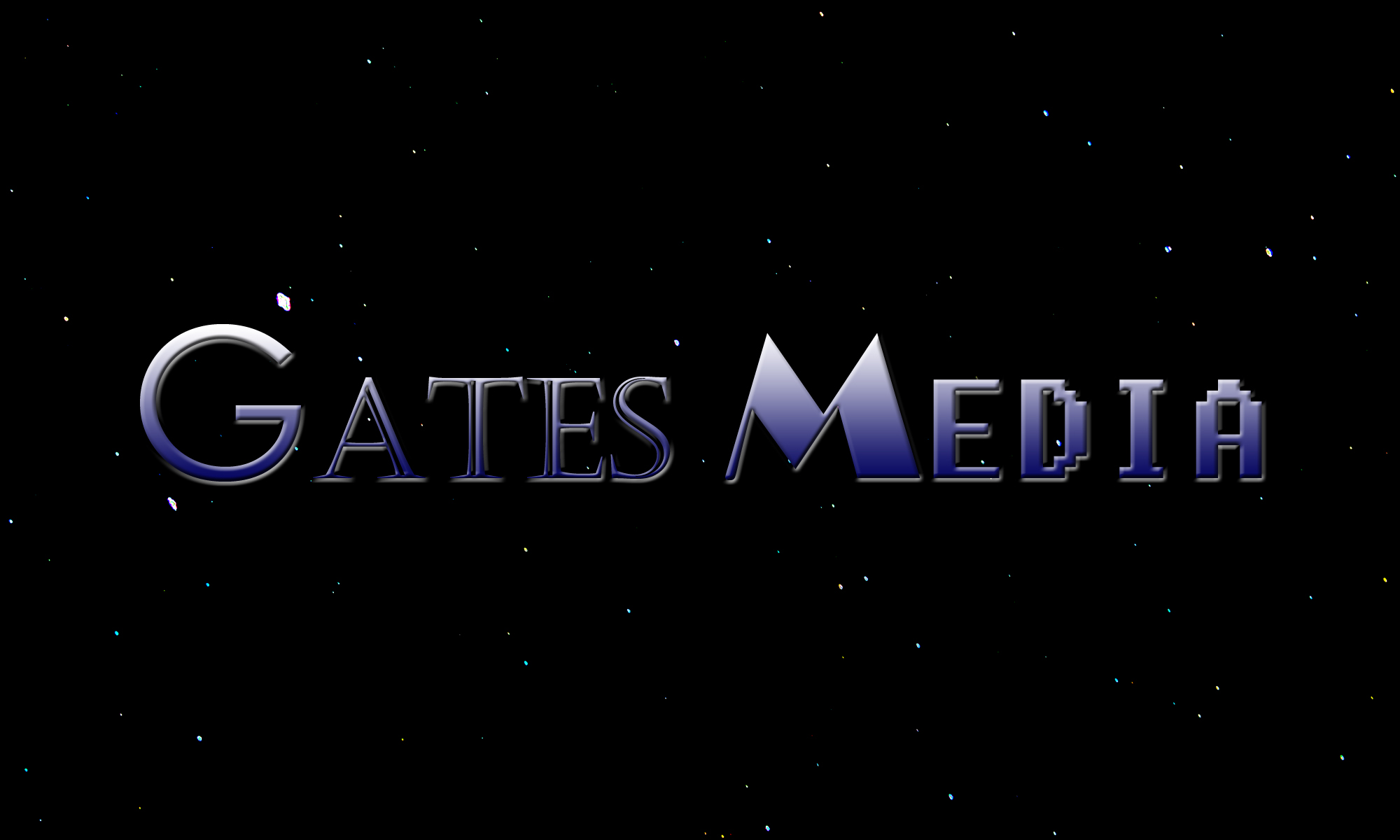I haven’t seen much of any Berserk series (maybe an episode or a movie or something a long time ago), but apparently, the new 2016 series is a bit of a hot topic for its use of CG. I watched a few fan videos produced in the fallout. The commentators analyze why they feel the series failed as well as why most anime fail to use CG in an effective way. Some of the points in a couple of videos I felt weren’t just applicable to anime but to all CGI movies and series, so I thought I’d expand on them a little.
In “The Mismanagement of CG in Anime,” BriHard discusses how anime that fail to use CG in an effective way are typically trying to imitate 2D animation as opposed to being inspired by it. Shadow Skill: Secret of the Kurudan Style, which I wrote about in a previous post, is a perfect example of a CGI anime series that attempts to imitate 2D animation and fails to draw on the strengths of 3D animation. Viewers who watch a lot of anime will naturally compare it to the 2D animation that they know. From there, picking out its flaws and differences and discarding it as a rip-off is easy to do. Films with styles that are inspired by animation such as Final Fantasy VII: Advent Children, however, are much less prone to this comparison and critique and show off the full power of what 3D animation can do. The characters in Advent Children have an anime-like “feel” to them in how they are designed, the shape of their eyes, and the way they act, but while the film draws inspiration from anime, it doesn’t attempt to mimic 2D animation with cell shading or stilted animation.
In the west, full CGI movies, when they aren’t targeted at children, seem to more often imitate reality rather than 2D animation. This may be because it is so often used as a tool in live-action films where it must fit in with the real objects and characters in the scene. Like many CG anime series, full CGI films like The Polar Express, Beowulf, and A Christmas Carol can be off-putting or unsatisfying because they don’t quite live up to the reality that they imitate. The graphics in video games, however, usually don’t receive this criticism even though many of them portray humans in a realistic environment. People may say that the graphics in a game are ugly, that the characters are ugly, or that the graphics are pixelated, but I’ve never heard anyone complain that the characters don’t look like real people. Of course they don’t look like real people. They’re composed of visible blocky polygons, sheets for hair and clothes, and pixelated textures. Even though modern games look better than ever, these artifacts are still visible. The characters and environments are clearly inspired by reality in how they are designed, feel, and behave, but they don’t imitate it so closely that they are scrutinized for how different they are from it. CGI films like Advent Children also avoid this scrutiny by stylizing the character and environment designs but still represent reality in a satisfying way.
Super Eyepatch Wolf in “Berserk 2016: What The HELL happened” relays a quote said by the lead animator of Double Negative: “When animators start to use 3D, the first thing they forget is everything they learned from 2D.” In relation to this quote, he discussed how even fundamental film-making techniques like the 180 degree rule are sacrificed for the sake of having cool-looking shots in Berserk 2016. This is a problem that I’ve observed in the CGI films that I’ve studied as well, but I feel that goes down to the level of the script. So often, the goal of CGI films that mimic reality or target adults seems to be to only create something that looks cool. The stories are often mediocre (Final Fantasy: The Spirits Within); based on existing properties, no matter how ancient (Beowulf); or completely ridiculous (Appleseed: Alpha). While the end product looks beautiful, it often lacks a satisfying story that gives anything it in purpose. This may be another side effect of how CGI is used in live action films targeted at adults. Often CGI enhances or portrays action-packed events or amazing environments while mimicing reality. When all that’s in the movie is CGI though, that doesn’t mean it can be all action, amazing wonders, and ridiculous camera angles all the time.
While these videos examine slightly different content that I do, they concur that CGI seems to be so new that filmmakers are still enamored with it and learning how to use it effectively even in 2016.
